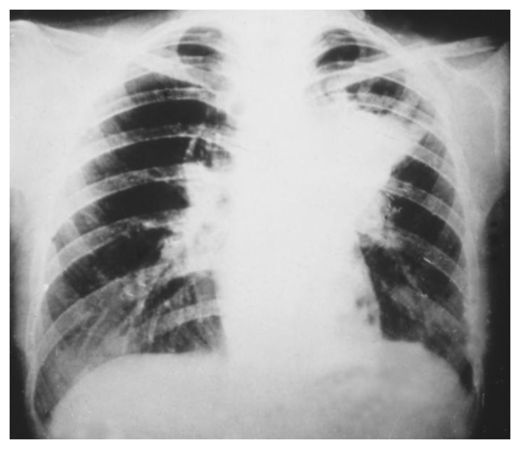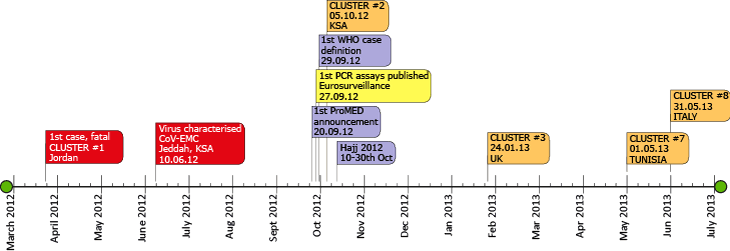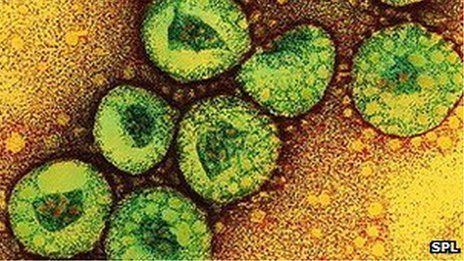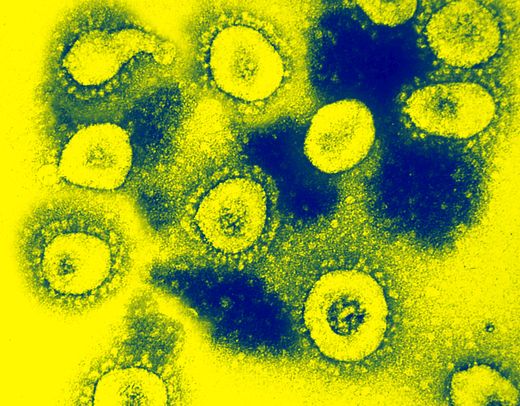
In the largest outbreak ever reported in the U.S. of blastomycosis, a fungal infection with flulike symptoms, 55 people in central Wisconsin became sick in 2010.
The fungus that causes blastomycosis is commonly found in soil, but exactly what triggered the spike in cases in Marathon County remains a mystery, according to a new report from the Centers for Disease Control and Prevention and Wisconsin health officials.
Unlike a blastomycosis outbreak in a neighboring Wisconsin county in 2006, in which a pile of waste in a large yard was the likely source, the culprit in this episode remains elusive.
"We didn't find evidence for a single source in the environment that could explain all the cases," said Kaitlin Benedict, an epidemiologist with the CDC's Mycotic Diseases Branch, who was involved in the research.
"We think there were probably multiple 'hot spots' for the fungus in several different neighborhoods."
It's also unclear why infection rates among Asians, particularly those of Hmong descent, were about 12 times higher than non-Asians, the report said.
Some 45 percent of people affected by the outbreak were of Hmong ethnicity. This group is originally from Southeast Asia, but many of those who became sick in the outbreak had been living in Wisconsin for more than a decade, according to the report.
The large number of cases among the Hmong was one of the most surprising things about this outbreak, Benedict said.
"This is the first known report of Asians being disproportionately affected" by the fungal illness, she said, adding that previous studies have shown high blastomycosis rates among African-Americans in other U.S. states.
The report was published online (June 3) in the journal Clinical Infectious Diseases.









